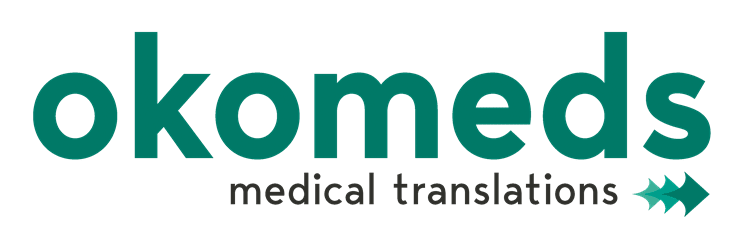
10 Sep What is pharmaceutical translation?
Medicine and pharmacy are two very important branches of science in the history of mankind and need a high degree of specialisation, as many lives depend on them. That much we can all agree on. The same is true for pharmaceutical translation. In a globalised world such as this one, we must take special care with pharmaceutical texts and prescriptions and put ourselves in the hands of professionals.
Pharmacy, as we have said, is very important for humanity and we must bear in mind that it uses a wide variety of languages and registers. Not only does it use highly specialised language, but it also mixes this with other branches of science such as legal, administrative, IT, etc. Therefore, to carry out a correct translation, we not only need a translator, but also a person who is specialised in the sector, who knows all the specific terms in the languages that they will use in their work.
It is also important to note that these branches, such as health and pharmaceutical, are constantly updated by government authorities, in terms of both the concepts and of course the language, which requires a very advanced understanding of the information by the translator.
Pharmaceutical texts
Some examples of pharmaceutical texts where translation is used and where the correct handling of the information is very important are the following:
- Medical certificates (analyses, medical tests, medical examinations, etc.).
- Medical instrument manuals
- Specialised articles in scientific journals
- Technical data sheets
- Leaflets
- Advertising for pharmaceutical products






Sorry, the comment form is closed at this time.